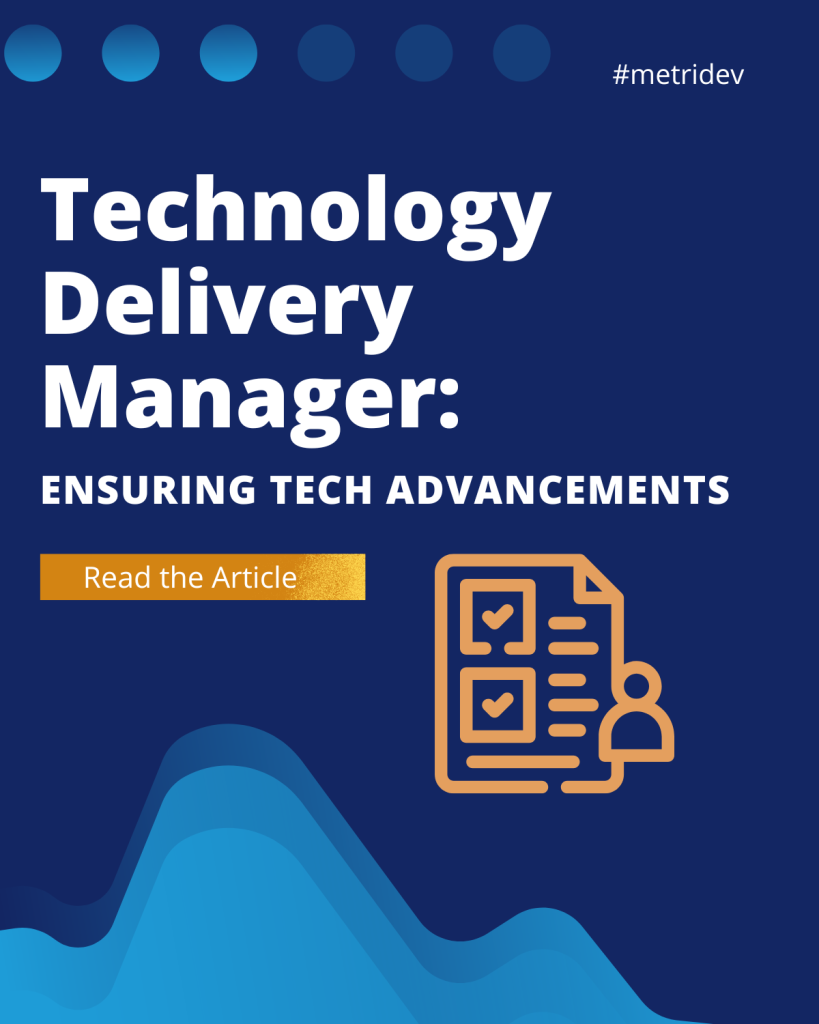Introduction
Jira, the popular project management tool, has become an indispensable asset for teams across various industries. One of the key features that sets Jira apart is its robust product roadmap functionality, which empowers organizations to plan, visualize, and execute their projects with unparalleled efficiency. This comprehensive guide will delve into the world of Jira product roadmaps, exploring their benefits, best practices, and advanced features to help you achieve seamless project planning and execution.
Does Jira have a product roadmap?
Yes, Jira does offer a dedicated product roadmap feature that allows teams to plan, manage, and communicate their product strategies effectively. The Jira product roadmap provides a centralized platform for visualizing the product’s future direction, aligning stakeholders, and coordinating cross-functional efforts.
How to enable roadmap in Jira?
Enabling the product roadmap feature in Jira is a straightforward process. Here’s a step-by-step guide:
1. Log in to your Jira account and navigate to the project you want to set up the roadmap for.
2. Click on the “Roadmap” tab in the left-hand navigation menu.
3. If the Roadmap tab is not visible, click on the “More” dropdown and select “Roadmap” to enable it.
4. Once the Roadmap feature is enabled, you can begin customizing and configuring the roadmap to suit your project’s specific needs.
What is included in a product roadmap?
A comprehensive Jira product roadmap typically includes the following key elements:
- Strategic Initiatives. These are the high-level goals or themes that drive the product’s development and align with the overall business strategy.
- Epics and Features. The roadmap outlines the major epics and features that will be delivered over time, providing a clear visual representation of the product’s evolution.
- Timelines and Milestones. The roadmap includes timelines and milestones, helping teams and stakeholders understand the planned delivery schedule and track progress.
- Dependencies and Constraints. The roadmap may also highlight any dependencies or constraints that could impact the product’s development, such as resource availability or external factors.
- Releases and Versions. The roadmap can display upcoming releases and versions of the product, allowing teams to plan and coordinate their efforts accordingly.
Understanding the importance of a product roadmap in project planning
A well-crafted Jira product roadmap plays a crucial role in effective project planning. It serves as a strategic blueprint that aligns the entire organization around the product’s vision and objectives. By having a centralized, visual representation of the product’s direction, teams can effectively prioritize and sequence tasks. Additionally, the roadmap facilitates collaboration and communication among different teams, promoting alignment and reducing silos. Moreover, it provides a clear and transparent view of the product’s development, allowing stakeholders to understand the product’s progress. Furthermore, the roadmap’s flexibility enables teams to quickly respond to market changes, customer feedback, or new opportunities. This way they ensure that the product remains relevant and competitive.

How to create a product roadmap in Jira
Creating a product roadmap in Jira is a straightforward process. Here’s a general outline of the steps involved. Firstly, Define Your Product Strategy by clearly articulating your product’s vision, goals, and objectives. They will serve as the foundation for your roadmap. Next, Identify Key Initiatives and Features by determining the strategic initiatives and major features that will drive your product’s development. Therefore, grouping them into logical themes or epics. Subsequently, Establish Timelines and Milestones by assigning timelines and milestones to your initiatives and features. Consider resource constraints, dependencies, and other project management considerations.
After that, Customize the Roadmap View using various options offered by Jira, such as the timeline, release, and portfolio views. Choose the one that best suits your needs and preferences. Following this, Communicate and Collaborate by sharing the roadmap with your team and stakeholders. You can foster alignment and facilitating ongoing communication and feedback. Lastly, Monitor and Adapt by regularly reviewing and updating the roadmap as needed, ensuring it remains responsive to changing market conditions and customer needs.
Key components of a Jira product roadmap
A well-designed Jira product roadmap typically includes the following key components:
- Strategic Initiatives: The high-level goals or themes that drive the product’s development.
- Epics and Features: The major epics and features that will be delivered over time.
- Timelines and Milestones: The planned delivery schedule and key milestones.
- Releases and Versions: Upcoming releases and versions of the product.
- Dependencies and Constraints: Any dependencies or constraints that could impact the product’s development.
- Customizable Views: Flexible roadmap views, such as timeline, release, and portfolio, to suit different stakeholder needs.
- Collaboration and Communication Tools: Features that enable team collaboration, feedback, and stakeholder alignment.
Best practices for effective project planning
To maximize the benefits of the Jira product roadmap, consider the following best practices:
Firstly, Align with Business Objectives. Ensure that your product roadmap is closely aligned with the organization’s overall business strategy and objectives. Secondly, Involve Cross-Functional Teams. Engage stakeholders from different departments, such as product, engineering, and marketing, to foster collaboration and alignment. Additionally, Prioritize Features and Initiatives carefully based on their strategic importance, customer value, and feasibility.
Moreover, Establish Clear Timelines by setting realistic timelines and milestones for your product’s development. Take into account resource constraints and dependencies. Furthermore, Communicate Effectively by regularly sharing the product roadmap with your team and stakeholders. Also, encourage feedback and input to maintain transparency and alignment. Additionally, Remain Flexible and be prepared to adapt your roadmap as needed to respond to changing market conditions, customer feedback, or new opportunities. Lastly, Leverage Roadmap Visualizations by utilizing the various roadmap visualization options in Jira. This helps to present information in a clear and engaging manner.
What is an advanced roadmap in Jira?
Jira’s Advanced Roadmap is a powerful feature that builds upon the standard product roadmap functionality. Firstly, it provides Portfolio Management, allowing users to manage multiple product roadmaps and view them in a consolidated portfolio view. Additionally, it offers enhanced Resource Management features, facilitating efficient allocation and capacity planning to ensure optimal utilization of team members. Moreover, it includes Dependency Tracking tools, enabling users to manage dependencies effectively and mitigate potential roadblocks. Furthermore, it incorporates Forecasting and Scenario Planning capabilities, allowing for predictive analytics and “what-if” scenario planning to assess the impact of changes on the product roadmap. Lastly, it provides Customizable Reporting options, offering comprehensive reporting and analytics to track progress, identify trends, and make data-driven decisions.
What is the limitation of Jira Advanced roadmap?
While the Jira Advanced Roadmap offers a wealth of features, it’s essential to be aware of its limitations. Firstly, there are Cost Considerations to take into account. The Advanced Roadmap is a premium feature that comes with an additional cost, which may not be feasible for all organizations. Moreover, Complexity is another factor to consider. The advanced functionality can introduce a level of complexity that may require more extensive training and onboarding for team members. Additionally, Integration Challenges may arise. Integrating the Advanced Roadmap with other project management tools or custom solutions may present technical challenges. Lastly, Scalability Concerns are worth noting. For large enterprises with numerous products and portfolios, the Advanced Roadmap may face scalability limitations in terms of managing the overall complexity.
Tips for using Jira product roadmap to align teams and stakeholders
To effectively leverage the Jira product roadmap for aligning teams and stakeholders, consider the following tips:
- Establish Clear Communication Channels. Ensure that the product roadmap is easily accessible and regularly shared with all relevant stakeholders, fostering transparency and collaboration.
- Encourage Feedback and Iteration. Actively solicit feedback from team members and stakeholders, and be open to incorporating their suggestions into the roadmap.
- Tailor Roadmap Views. Customize the roadmap views to cater to the specific needs and preferences of different stakeholder groups, making the information more relevant and engaging.
- Integrate with Other Tools. Seamlessly integrate the Jira product roadmap with other project management tools, such as Confluence or Trello, to create a cohesive project management ecosystem.
- Provide Training and Support. Offer comprehensive training and support to ensure that all team members are comfortable navigating and utilizing the Jira product roadmap effectively.
Roadmap visualization and communication techniques in Jira
Effective roadmap visualization and communication are crucial for aligning teams and stakeholders. Firstly, Jira offers several techniques to enhance the presentation and sharing of your product roadmap. For instance, the Timeline View provides a classic display of your product’s initiatives, features, and milestones on a timeline, offering a clear overview of the planned delivery schedule. Moreover, the Release View focuses on upcoming product versions and the features or initiatives associated with each release, enabling stakeholders to understand the product’s evolution.
Additionally, the Portfolio View allows you to manage and visualize multiple product roadmaps in a consolidated, high-level perspective, ideal for organizations with diverse product offerings. Furthermore, Jira’s Customizable Dashboards can be tailored to showcase the product roadmap, providing stakeholders with a centralized and visually appealing interface to track progress. Lastly, Presentation and Sharing options can be leveraged by utilizing Jira’s export and sharing capabilities to present the roadmap in various formats, such as PDF or PowerPoint, for effective communication with stakeholders.
Integrating Jira product roadmap with other project management tools
To maximize the value of the Jira product roadmap, consider integrating it with other project management tools. Firstly, integrating the Jira product roadmap with Confluence can create a seamless collaboration environment, fostering knowledge sharing and centralized project documentation. Additionally, leveraging the Trello integration allows for the management of task-level details and kanban boards alongside the high-level roadmap, ensuring a comprehensive project management approach. Furthermore, exporting the Jira product roadmap to Microsoft Office applications like PowerPoint or Excel enables effective presentation and reporting, enhancing communication with stakeholders. Moreover, utilizing the dedicated Portfolio for Jira app offers advanced portfolio management capabilities within the Jira ecosystem, facilitating the management of multiple product roadmaps and portfolios. Lastly, integrating the Jira product roadmap with third-party visualization tools enhances the presentation and communication of the roadmap, providing additional visualization options for stakeholders.
Common challenges and how to overcome them
While the Jira product roadmap offers numerous benefits, organizations may encounter some common challenges. Firstly, addressing the challenge of Aligning Stakeholder Expectations requires clear and frequent communication to manage expectations and maintain alignment with the product roadmap. Additionally, Balancing Flexibility and Stability is crucial. Striking a balance between maintaining a stable roadmap and being responsive to changing market conditions or customer feedback is key. Furthermore, Ensuring Cross-Functional Collaboration is essential. Fostering a culture of collaboration and encouraging team members from different departments to actively contribute to the roadmap enhances its effectiveness.
Moreover, Addressing Resource Constraints involves carefully managing resource allocation and capacity planning to ensure the feasibility of the product roadmap. Additionally, maintaining Roadmap Visibility is vital. Regularly reviewing and updating the roadmap to keep it current and accessible to all stakeholders is necessary for its effectiveness. Lastly, Integrating with Other Tools may pose technical challenges, but careful planning and execution can overcome them, ensuring seamless integration with other project management tools. Unlocking the full potential of your Jira product roadmap and achieving seamless project planning is possible with careful consideration of these challenges. Contacting Jira experts can provide comprehensive services and assistance in maximizing the benefits of this powerful tool.
Conclusion
The Jira product roadmap is a transformative tool that empowers organizations to plan, execute, and communicate their product strategies with unparalleled efficiency. By leveraging the features and best practices outlined in this comprehensive guide, you can unlock the full potential of the Jira product roadmap and ensure the success of your project planning efforts.
Whether you’re a seasoned Jira user or just starting to explore its capabilities, this guide has provided you with the knowledge and insights to create and manage a robust product roadmap that aligns your teams, manages stakeholder expectations, and drives your product’s success. Read our article Jira Reporting Dashboard: Boosting Efficiency and Visibility and embark on a journey of effortless project planning and execution.









Leave a Reply